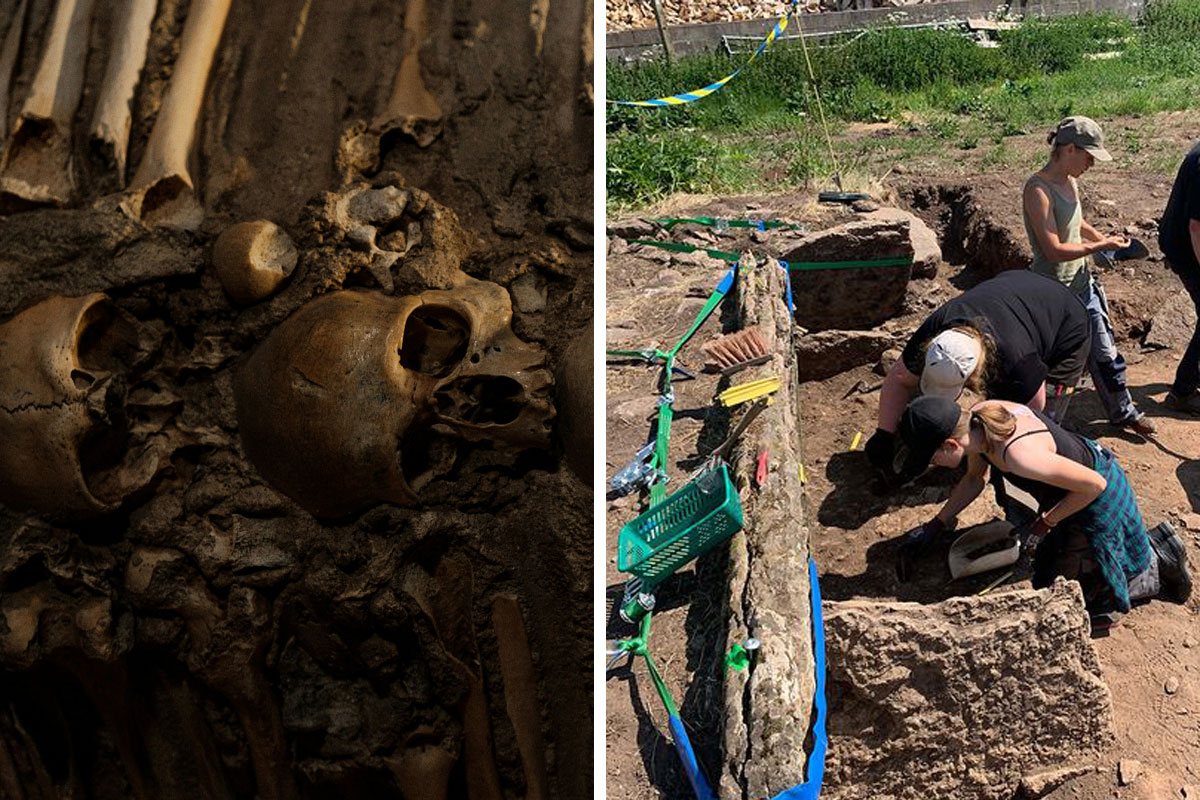
“Well Preserved” DNA Of Twelve 5,500-Year-Old People’s Remains Found In Swedish Neolithic Tomb
The remains of at least 12 people with missing skulls and large bones were found in a 5,500-year-old Neolithic tomb in Sweden, as ongoing DNA studies try to uncover familial connections and potential diseases.
A team of archaeologists in central Sweden has unearthed the thousands-of-year-old stone chamber containing several burials from the Early Neolithic period.
The Smithsonian Institution has described the Neolithic period, or New Stone Age, that took place from 7000 to 1700 BCE as a period characterized by the beginning of a settled human lifestyle.
People learned to cultivate plants and domesticate animals for food rather than rely solely on hunting and gathering.
The remains of at least 12 people with missing skulls were found in a 5,500-year-old Neolithic tomb in Sweden
Image credits: Portuguese Gravity
But in an unexpected turn of events, the archeologists in Sweden realized during their discovery that many burials were missing some of the largest bones, including skulls seemingly removed around the time the dead were placed there.
Karl-Göran Sjögren, an archaeologist at the University of Gothenburg in Sweden and the first author of a new study about the find, said in a statement: “This differs from what we usually see in megalithic graves.”
According to Collins Dictionary, a megalithic tomb is a burial chamber constructed of large stones, either underground or covered by a mound, and usually consisting of long transept corridors ( gallery graves) or a distinct chamber and passage (passage graves).
Image credits: Karl-Göran Sjögren
Karl-Göran added: “Usually, the bones that are missing are smaller bones from feet and hands.”
The researchers have subsequently suggested the missing bones may have ties with the traditions of the time and place, but they can’t be sure.
Karl-Göran further explained: “We don’t know whether that has to do with burial rituals, or what’s behind it.”
The Neolithic period took place from 7000 to 1700 BCE and is a period characterized by the beginning of a settled human lifestyle
Image credits: Karl-Göran Sjögren
Besides the remains of humans, the team has also been able to identify bones from rodents, frogs, pigs, and sheep or goats, though not all of these bones may date back from the same time period, Science Alert reported.
The stone chamber was found in the summer of 2023 in the village of Tiarp, near the town of Falköping, about 70 miles (114 kilometers) northeast of Gothenburg.
According to the study, which was published on December 22, 2023, in the Journal of Neolithic Archaeology, archaeologists discovered the chamber while excavating a dolmen, which is a prehistoric tomb made from several large stones.
The archaeologists said the dolmen at Tiarp was built in about 3500 B.C. and is one of the earliest in the country, although there is evidence of even earlier burials in Sweden, including one that may be up to 8,000 years old, Live Science reported.
Image credits: Karl-Göran Sjögren
Inside the burial chamber, researchers reportedly found hand and foot bones, fragments of ribs, and teeth from at least 12 individuals, including infants and the elderly.
The archaeologists have reportedly said the tomb has been untouched since the Stone Age, and so the missing bones seem to have been removed when the people were buried there or soon afterward, as per Live Science.
Karl-Göran said: “We haven’t seen any injuries on the people buried, so we don’t think violence is involved.
“But we are continuing to study their DNA, and that will show whether they had any diseases.”
A megalithic tomb is a burial chamber constructed of large stones
Image credits: Karl-Göran Sjögren
The researchers have also been anticipating that the DNA studies would determine whether the people buried in the tomb were related.
Karl-Göran revealed: “The preliminary DNA results show that the DNA in the bones is well-preserved.
“This means we will be able to reconstruct the family relationships between the people in the grave, and we are working on that now.”
Image credits: Karl-Göran Sjögren
The Falköping region is famous for its many Neolithic passage tombs, which have stone burial chambers accessed by narrow passages, Live Science reported.
The Gothenburg archaeologist explained: “It’s about 200 to 150 years older than the passage graves, making it one of the oldest stone burial chambers in Sweden and across the whole of Scandinavia.”
Early farming techniques reached the region about 500 years before the tomb at Tiarp was built. It, therefore, suggests that the people buried there were farmers.
“They lived by growing grain and keeping animals, and they consumed dairy products,” Karl-Göran said.
The discovery fascinated many readers
Cannot say for certain this is earliest archeological evidence of vampire/zombie pacification, but let’s all be extra careful that some grad student doesn’t accidentally get a cut and bleed on the skeletons.
Cannot say for certain this is earliest archeological evidence of vampire/zombie pacification, but let’s all be extra careful that some grad student doesn’t accidentally get a cut and bleed on the skeletons.
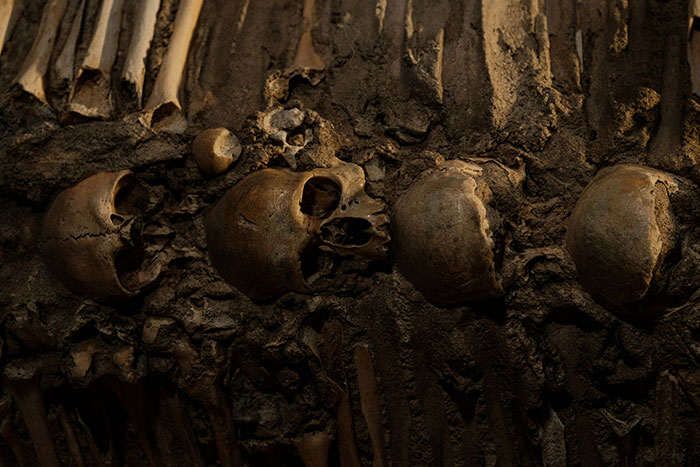
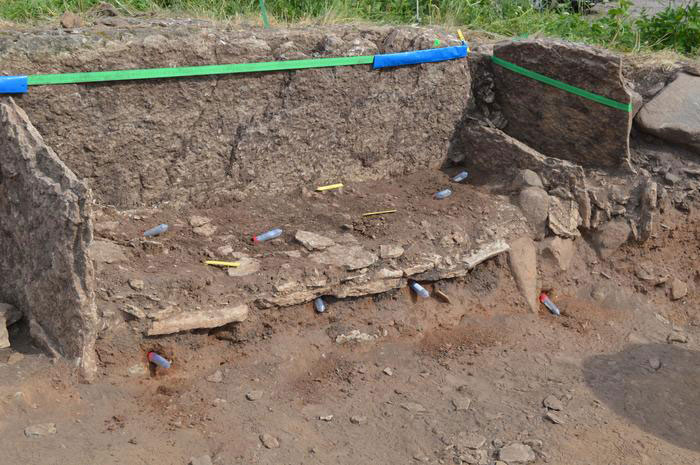
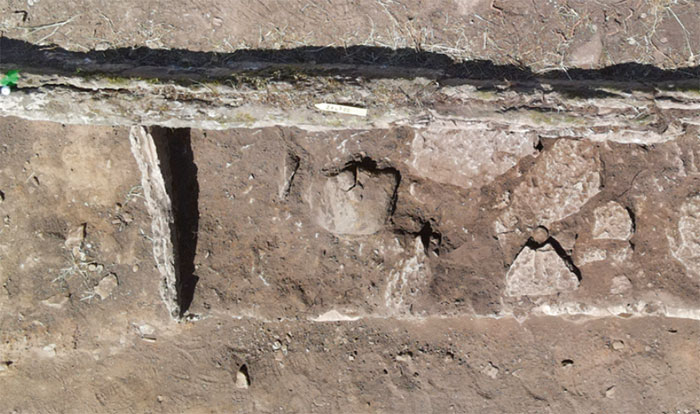
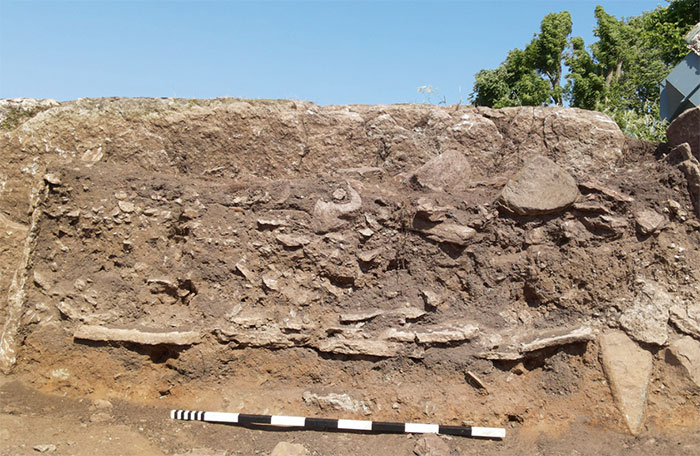
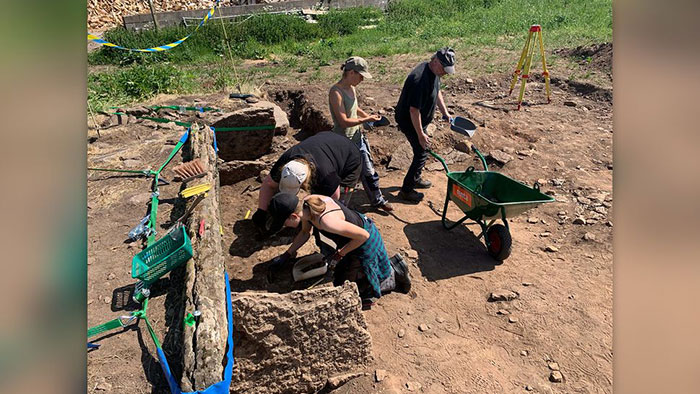
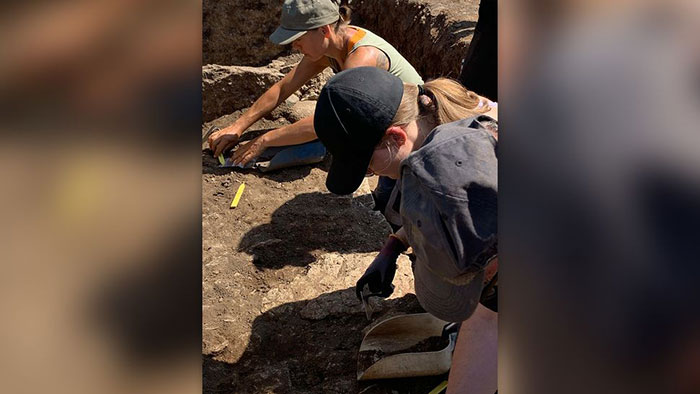



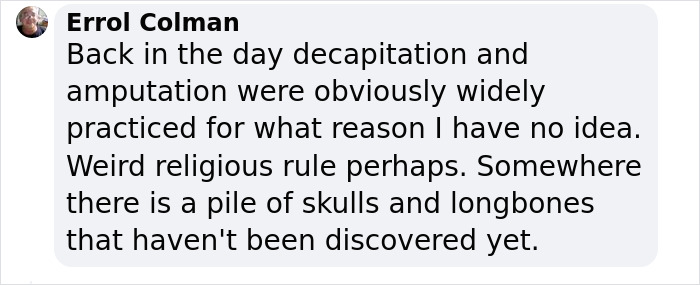
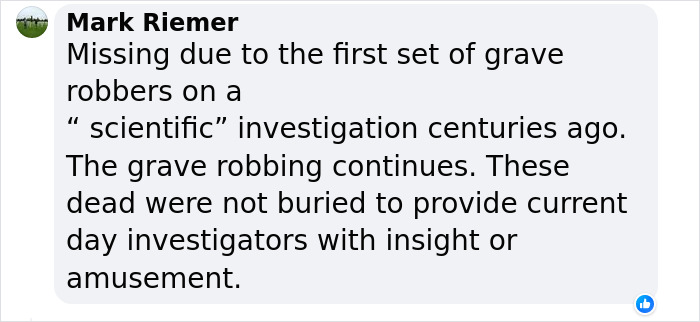
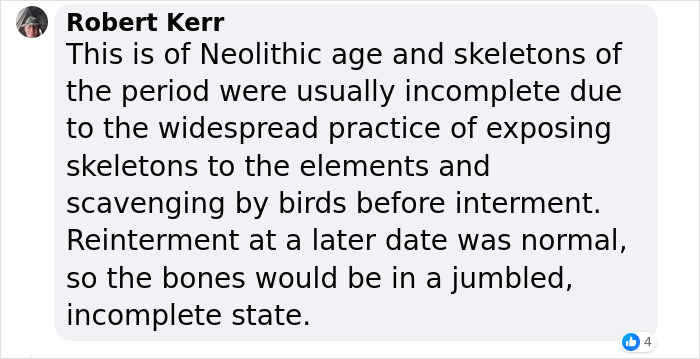
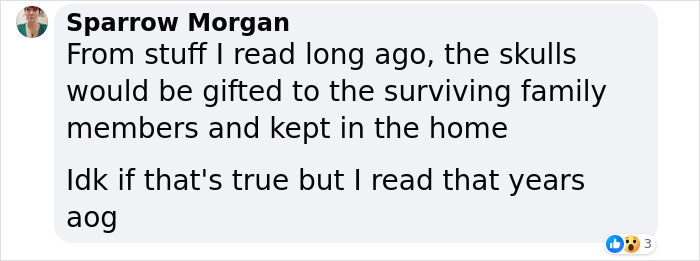





53
11